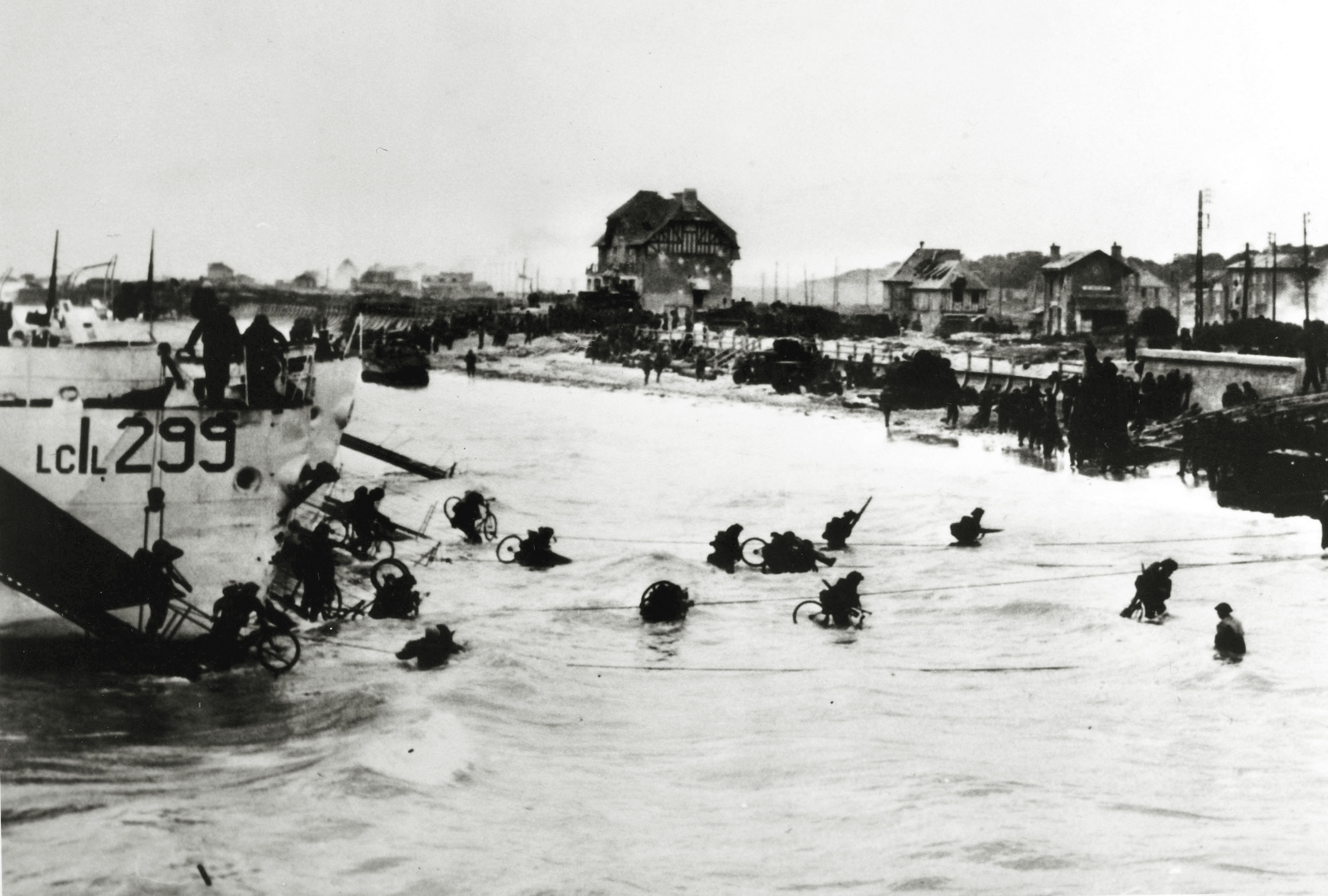Don Cooper, president of Juno Beach Centre, a museum dedicated to the 14,000 Canadian troops who landed on D-Day, has taken aim at local French politicians who plan to build “high-density housing” at a site widely considered to be sacred.
Cooper said the proposed construction of a 70-person residence overlooking Juno Beach would wreak “havoc and unanticipated costs” for the museum and nearby areas.
The apartment complex would replace a currently empty industrial building, which has, despite repeated attempts, taken 17 years to demolish. In the letter signed February 12, the Centre decries that they “never further imagined that the Town of Courseulles would choose to hide the Juno Beach Centre once again and forever behind a four-storey residential complex.”
The often overlooked contributions of Canadian troops at D-Day are on full display at the museum, located roughly a quarter of a mile away from where infantrymen first ran ashore 76 years ago.
The 3rd Canadian Infantry Division and the 2nd Armoured Brigade, tasked with establishing a bridgehead on the roughly five-mile stretch of beach codenamed “Juno,” were met by a withering hail of machine-gun fire from the entrenched Germans along the heavily defended Atlantic Wall.
Flanked by the British at both Sword and Gold beaches, the Canadian objective was to secure their beachhead and link up with the British forces. Casualties were high, especially those landing in the first wave. By midnight, writes the Imperial War Museums, “The Canadians had yet to link up with the British at Sword but had cleared exits off the beach, advanced several miles inland” and ultimately “joined up with the British at Gold.”

The JBC, built in 2003, serves to memorialize the deeds of those men.
According to its mission statement, JBC:
pays homage to the 45,000 Canadians who lost their lives during the War, of which 5,500 were killed during the Battle of Normandy and 359 on D-Day. Opened in 2003 by veterans and volunteers with a vision to create a permanent memorial to all Canadians who served during the Second World War, the Centre’s mandate is to preserve this legacy for future generations through education and remembrance.
JBC fears that if the project proceeds there will be negative financial impacts, operational conflicts, and traffic and security concerns for the museum.
In 2019 JBC had a record 103,000 visitors, and is currently seeking a UNESCO designation of the Normandy Beaches as a World Heritage Site. The apartment complex proposal, they write, could seriously affect the museum’s outreach.
Citing a lack of discourse, the JBC seemingly seeks to fight this decision by withdrawing their initial €150,000 pledge to help build a pedestrian bridge from the museum to the town center of Courseulles-sur-Mer.
The museum writes that they seek to protect the memory of those who died on Juno Beach and beyond.
“We have a successful memorial,” the open letter states. We “need to keep it that way.”

